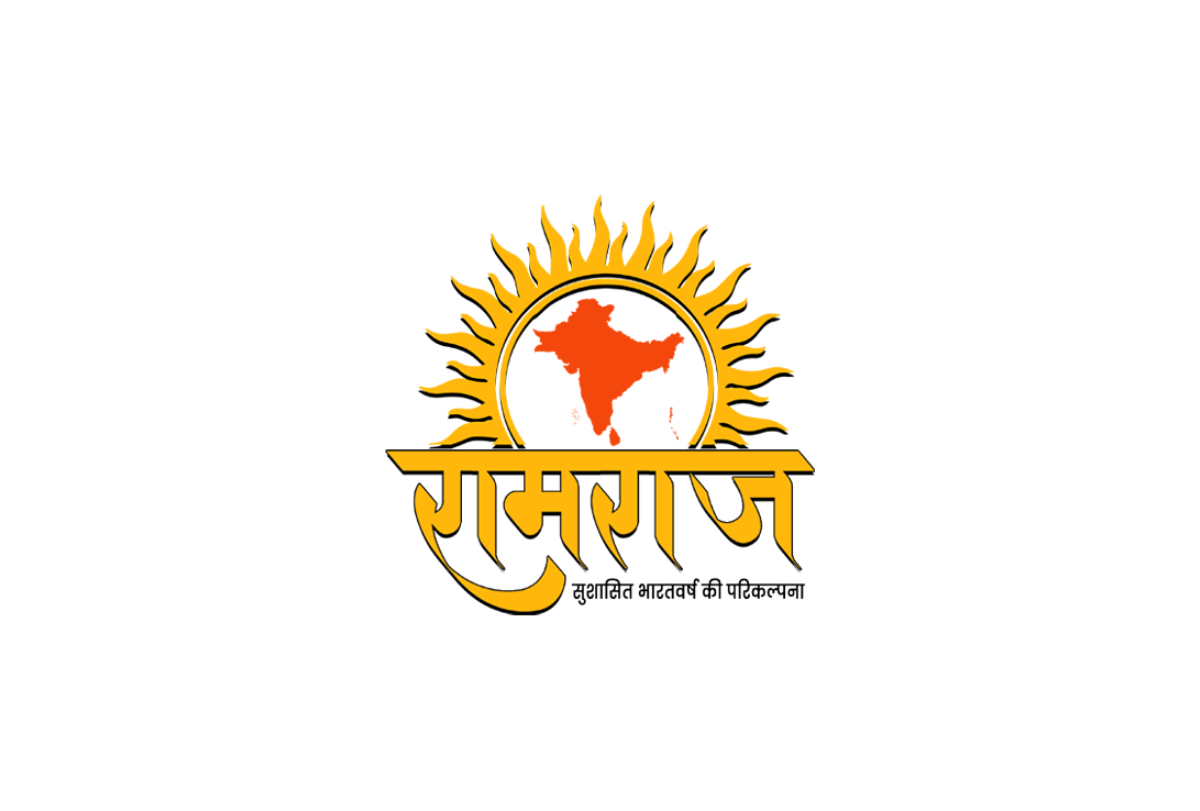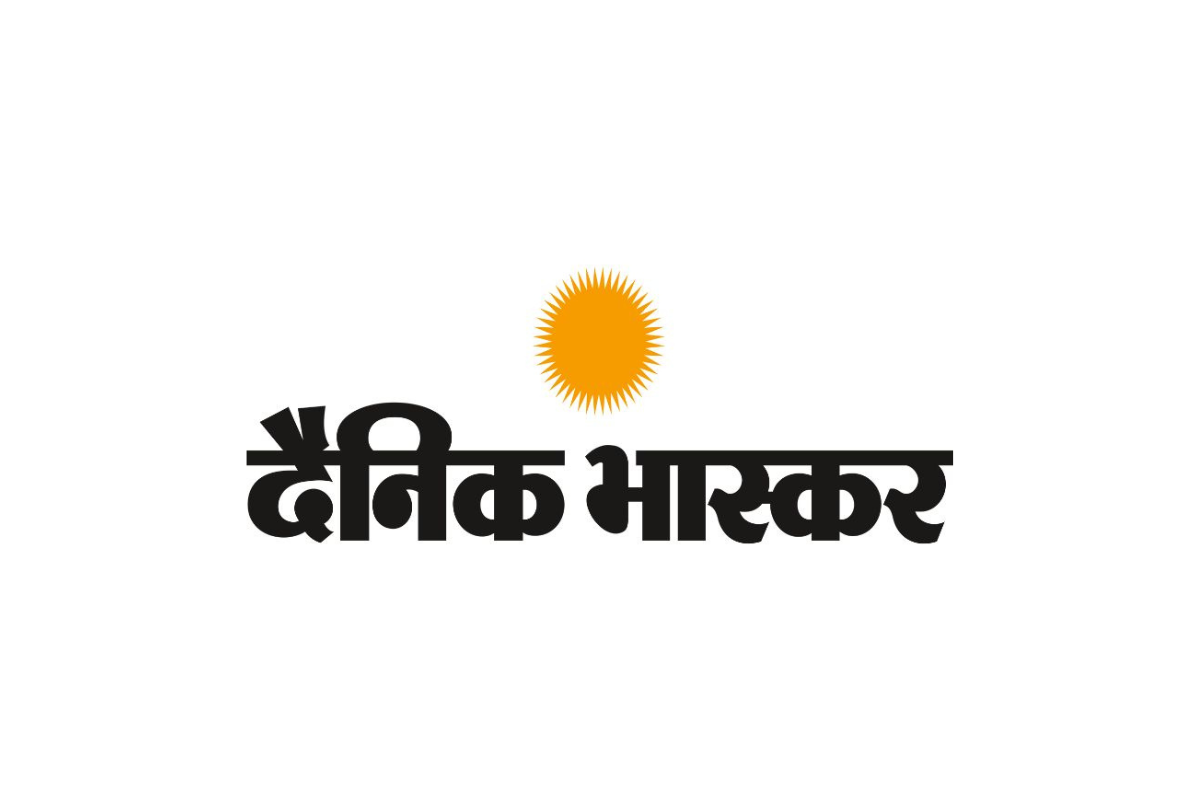The education budget brings hope in rural stranded communities, as a significant increase in Eklavya Residential schools’ budget and the establishment of national digital library along with promotion of physical libraries will facilitate progress of education for rural children to bridge the gap with their counterparts studying in urban schools with better access to facilities, infrastructure, and learning environment.
In many ways, this budget has an indication towards improving the quality of education in the rural community as there is almost no cut in Sarva Shiksha Abhiyan (SSA) allocation. In fact, an overall increase of 8.3% in education allocation shows a balanced vision of the government.
However, the good intent should meet with the reality on the ground.
Only about 11% of rural and 40% of the urban population above 14 years of age can operate a computer as well as use the internet. Moreover, girls have limited access to devices and network connections.
(Javed Siddiqui is a senior manager at Transforming Rural India Foundation. This is an opinion article and the views expressed above are the author’s own. The Quint neither endorses nor is responsible for them.)





